Tools For Planting Bulbs
Flowering bulbs are a fantastic addition to garden beds, in drifts under trees, and grouped in pots or containers. Their spectacular blooms are unbeatable for form and colour, and many are delightfully fragrant.

Whether you’re leaving your bulbs to naturalise or lifting and storing them during dormancy, getting the initial planting right will help you make the most of their life cycle.
This need not be daunting – handy tools for planting bulbs will see you making short work of this task.
What is a bulb planter?
A bulb planter is a handy tool that takes the hard work out of planting bulbs – a task which, to put it bluntly, can be hard work.
Simple manual bulb planters are cost-effective and easy to use.
These handheld devices lift out and release a circle of soil using a squeeze action, and have measurement markers for making holes at the exact depth required.
You can also get powered models and drill attachments, which are more complicated and expensive but can be good for very large jobs or breaking up difficult soils.
Do I need one?
While specialised bulb planting tools are not essential, they will certainly make a big planting a lot quicker and easier.
How do they do this? For starters, bulbs require you to be fairly accurate with your planting depth. This can be less intuitive than when you’re planting seedlings or young plants, which allow you to see at a glance exactly how big the hole needs to be. With bulbs, you’ll probably need to measure the depth of each hole, at least roughly.
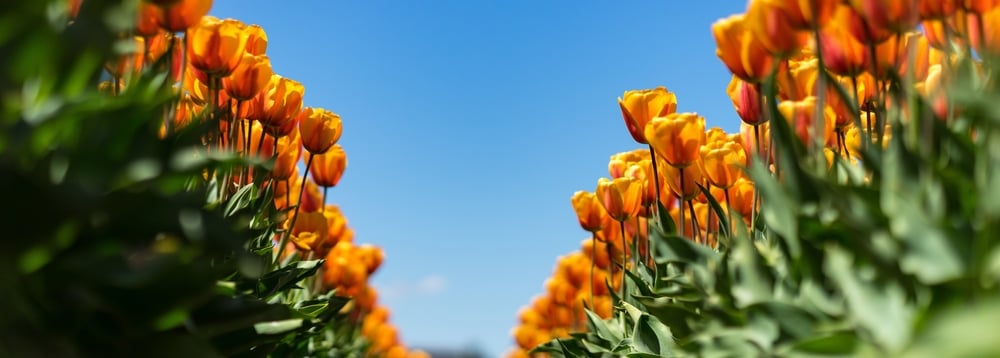
This is the same story as with planting seeds, except that bulbs require a deeper dig than most seeds, requiring you to loosen the soil up to 20cm deep. On top of that, you’ll want to get the spacing right so as not to waste any of your valuable bulbs.
These two points in combination can make bulb planting a bit of a finicky task, especially if you’re putting in a lot of them. A bulb planter takes the guesswork out of the equation, allowing you to get it done much faster.
What’s the best way to plant bulbs?
A good rule of thumb is to plant bulbs a depth of 2-2.5 times the bulb’s length (top to bottom from the pointed end). Spacing between bulbs should be roughly the same measurement.
For most bulbs, it’s best to plant with the pointed tip facing upward, although there are some exceptions to this (such as for anemone and ranunculus bulbs).
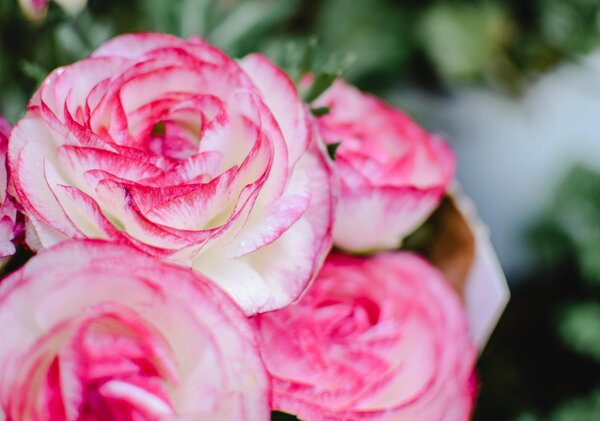
When using a planting tool, you drive it into the ground to the desired depth using the measuring markers to guide you. Then you use the squeeze action to lift out the soil where you want to plant, pop in your bulb, and replace the soil. Too easy!
What other tools can I use?
Of course, you can always plant your bulbs using a trusty shovel if you prefer. To do this, loosen up the soil you want to plant in to around 20cm deep, then make trenches for your bulbs.
A bulb basket is another handy bulb tool, designed for planting closely grouped clumps while ensuring they’re easy to locate for lifting. Several bulbs are planted in one enclosed basket, which can be lifted out and stored easily over the dormant period.
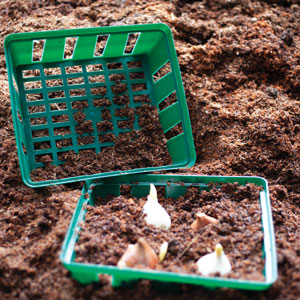
Bulb Storage Basket
When it comes to big ground-level planting jobs, a kneeling pad never goes astray for a bit of comfort in the knee department.
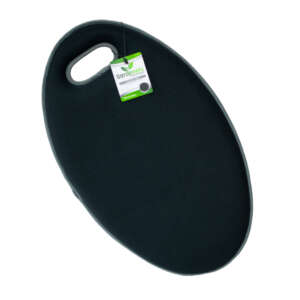
Kneeling Pad Black
Get planting
Ready for some new bulbs? Garden Express has a huge range of spring-flowering bulbs to choose from, including daffodils, irises, tulips, freesias and many other beauties. We also have some crazy combos in stock, like our 100 daffodil bulbs plus bonus planter pack.
They won’t last long, so get your order in now!

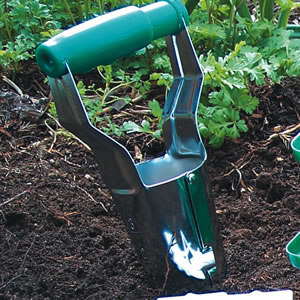






Comments are closed.